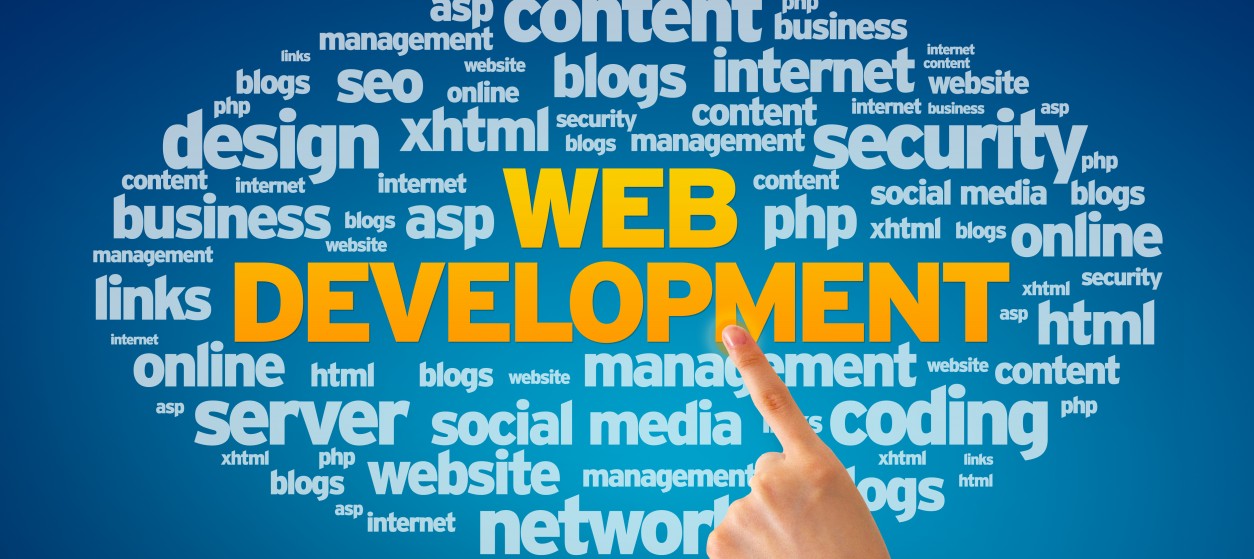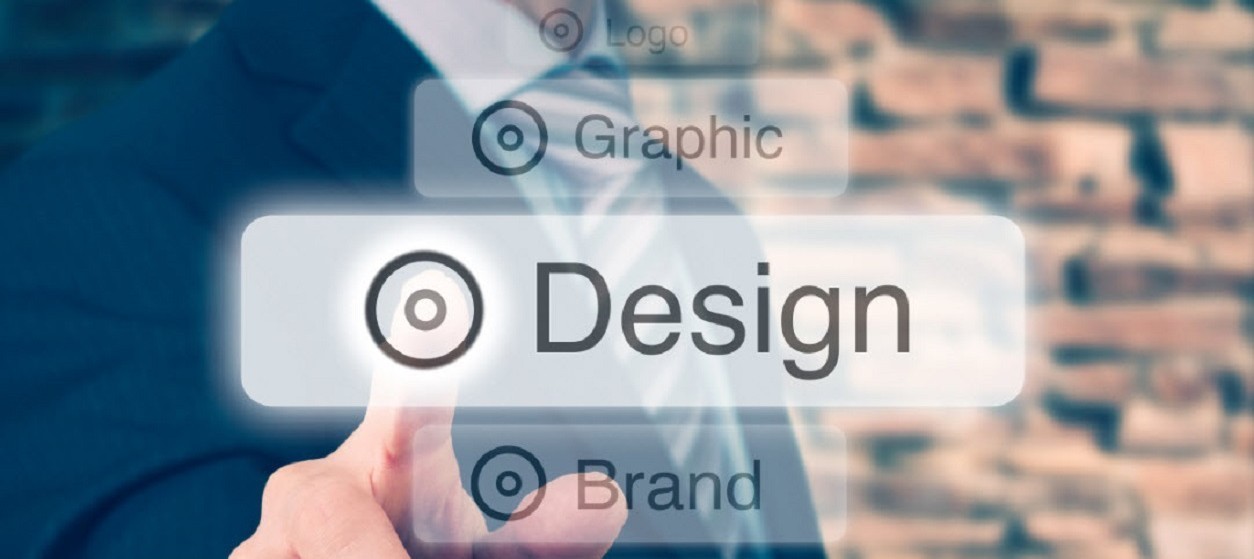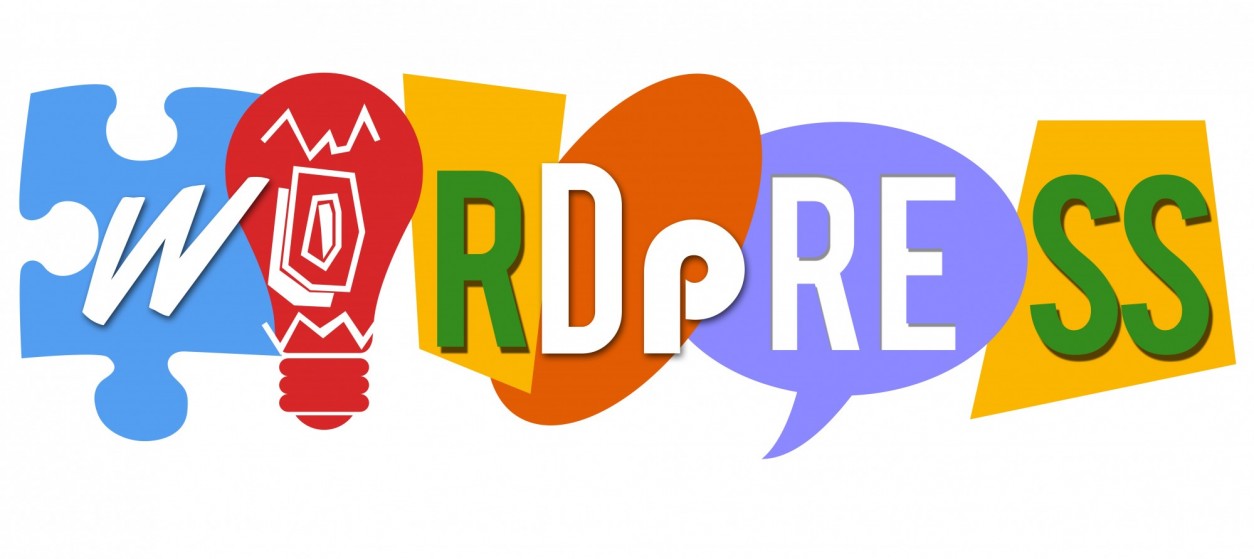We are living in an era of technology acceleration, where existing technologies like Artificial Intelligence (AI) evolve in a rapid pace, while new technological opportunities emerge in almost every sector. This technology acceleration affects directly the present and the future of existing technologies such as web technologies. Now that we are at the end of 2024, we can look towards the future of web development in 2025, where several key trends are poised to reshape the landscape. These include advancements in AI, voice-enabled functionalities, and immersive user experiences. Each of these elements is driving innovation and setting new standards for how websites and applications are designed and interacted with. Chief Information Officers (CIOs) must therefore keep an eye on these trends in order to understand how they should transfer their web-related products and services.
AI Features in Web Development
Artificial intelligence is becoming an integral part of web development. It offers tools that enhance personalization and automation. In 2025, AI-driven personalization will increasingly allow websites to tailor content and user experiences based on individual preferences and behaviors. This capability will be achieved through machine learning algorithms (including deep learning techniques) that analyze user data to deliver dynamic content, personalized recommendations, and adaptive interfaces.
Most importantly, AI is streamlining the development process itself. Tools like GitHub Copilot and GPT-engineer assist developers by automating code design, code generation, testing, and debugging tasks. These tools support web development in a wide range of web development languages and frameworks such as Python, JavaScript, Node.js and React. This accelerates project timelines and allows developers to focus on more strategic and creative aspects of web development. It is currently possible to develop entire web sites without writing a single line of code. Moreover, developers’ productivity for more sophisticated tasks is improving by considerable factors (e.g., 30-40%) depending on the task at hand. In 2025, AI will continue to evolve and its role in web development will expand. AI-based development will enable more sophisticated features such as predictive analytics and hyper-personalized user experiences.
Voice-Enabled Functionalities
Voice-enabled functionalities are transforming how users interact with websites and applications. With advancements in natural language processing (NLP) and large language models (LLMs), voice interfaces are becoming more intuitive and accessible. These technologies allow users to navigate websites through voice commands similar to the ways users interact with voice-assistants in their smartphones (e.g., Siri in iPhones). The latter enhancing accessibility for individuals with disabilities and providing a hands-free interaction method. Furthermore, the interaction with LLMs such as GPT-4, GPT-4o, Gemini, LlaMa, and others provides users with access to a wealth of real-time, context-aware information, which can improve user experience.
Voice search optimization is also becoming a high in demand feature as more users rely on voice-activated devices like smart speakers and virtual assistants. In some countries the number of voice-enabled google searches is close to the number of text-based searches. Websites need to adapt to this new reality by using conversational keywords and structuring content to answer common voice search queries in effective ways.
Another voice-related trend concerns modern voice chatbots that are powered by LLMs. These chatbots are already used to enhance customer service based on instant responses and personalized interactions that consider the users’ context and preferences. LLM-powered chatbots are expected to become more powerful in the years to come. Hence, they will play a significant role in the web development future by making digital interactions more natural and engaging.
Immersive User Experiences
The future of web development 2025 will be heavily influenced by the demand for immersive user experiences. Technologies like augmented reality (AR), virtual reality (VR), and mixed reality (MR) are being integrated into web design to create interactive environments that engage users on a deeper level. For instance, AR can be used for virtual try-ons in retail or 3D product visualizations in e-commerce. This offers typically a more engaging shopping experience in the web sites of popular retailers like Amazon and IKEA. In addition to AR/VR, other trends such as micro-animations and 3D design are enhancing user engagement based on visual feedback and the creation of dynamic interactions. These elements help guide users through a website intuitively. This reduces bounce rates and increases user satisfaction. In the coming months these technologies will become more mainstream and will redefine what users expect from their online experiences.
Immersive user experiences are usually implemented on top of other personalization features, which range from cookies-based personalization to personalized LLM-based conversations. In this context, web developers have a very rich set of methods and tools in order to improve user experience. Therefore, they must seek for the best possible experience leveraging techniques that entail user testing and engagement such as A/B testing.
Overall, the future of web development is set to be shaped by these emerging trends in artificial intelligence, voice technology, and immersive experiences, alongside other personalization features. Companies, web developers and CIOs must embrace these innovations when developing their web-based products and services. Their goal must be to create websites and web services that are not only functional but also engaging and responsive to user needs. As we move towards 2025, staying ahead of these trends will be very important for modern organizations wishing to deliver cutting-edge digital solutions that meet the evolving expectations of their users at a global scale.











In the field of web development we can see AI is also entered these AI tools are based on machine learning and because of this there is chances of less errors and the high probability of accuracy want any help go on https://www.speraspect.com